Climate science
-

Scientific American recently posted an article describing a new study that shows an increase in highly amplified jet stream patterns which can lock into place for long periods. This can lead to simultaneous droughts and associated food shortages in different parts of the world, especially important grain-producing areas. If this continues to occur, that would…
-
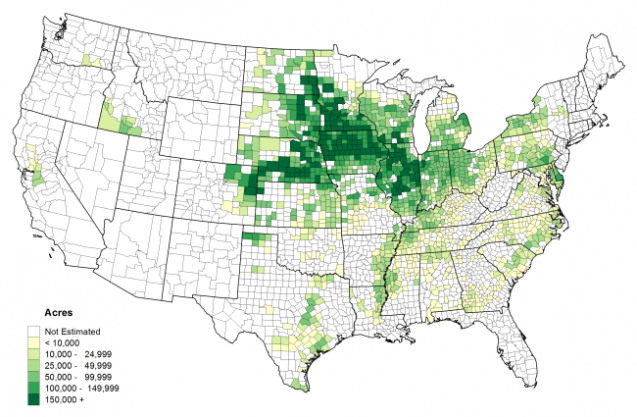
The Earth Institute at Columbia University posted a story this week which discussed a new study about how climate change is affecting the Corn Belt in the United States. There are two main effects: the first is that warming temperatures are increasing the rates of evaporation of soil moisture, leading to more droughts. This is…
-
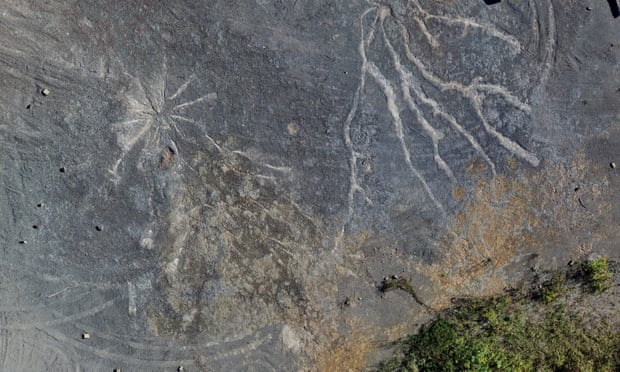
As a scientist I am fascinated by stories about how our current earth developed over time. Here is a great story I saw today on Facebook from The Guardian describing a new fossil find of a forest that is dated as about 386 million years old. This was before modern animals and plants and the…
-
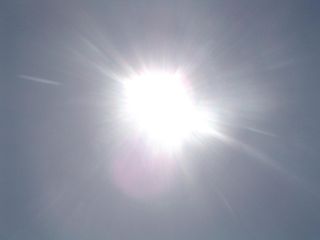
It’s the time of year when university types like me are thinking about final exams. You might enjoy trying this short quiz on climate from UGA’s Dr. Shepherd to see how you chalk up. We won’t grade you on it, though. Good luck and hope you do well here.
Posted in: Climate science -
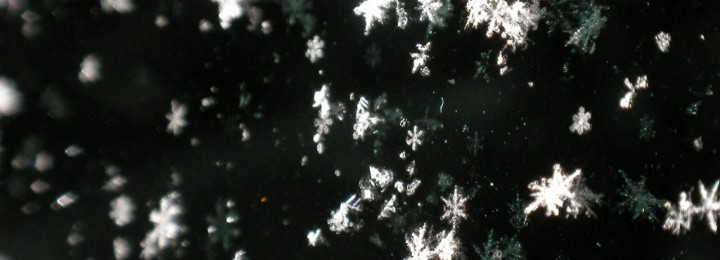
While snow is not currently on the forecast map for Georgia and the rest of the Southeast, it is likely that some of us will see snow this winter, especially since neutral winters tend to have lots of ups and downs. If you like to measure snow or wonder about the accuracy of historical snow…
-
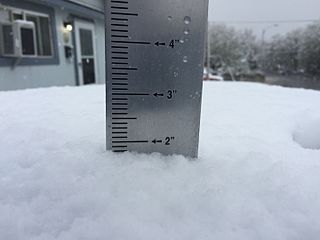
What is the most snow that any place in Georgia has ever received? How about the most snow anywhere in the United States? You can find out by going to this handy summary of state snowfall records put together by Weather Underground. Hint: Georgia’s was set in the Superstorm of 1993. Check out the list…
-
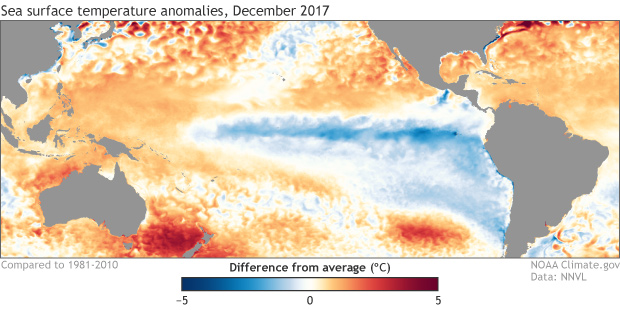
Physics Today posted an interesting article late in November which discussed some new research on trends in the strength of El Niño over time. The research, by Dr. Kim Cobb of Georgia Tech and others, looked at chemical swings in the growth of coral and other indicators in the tropical Pacific Ocean over the last…